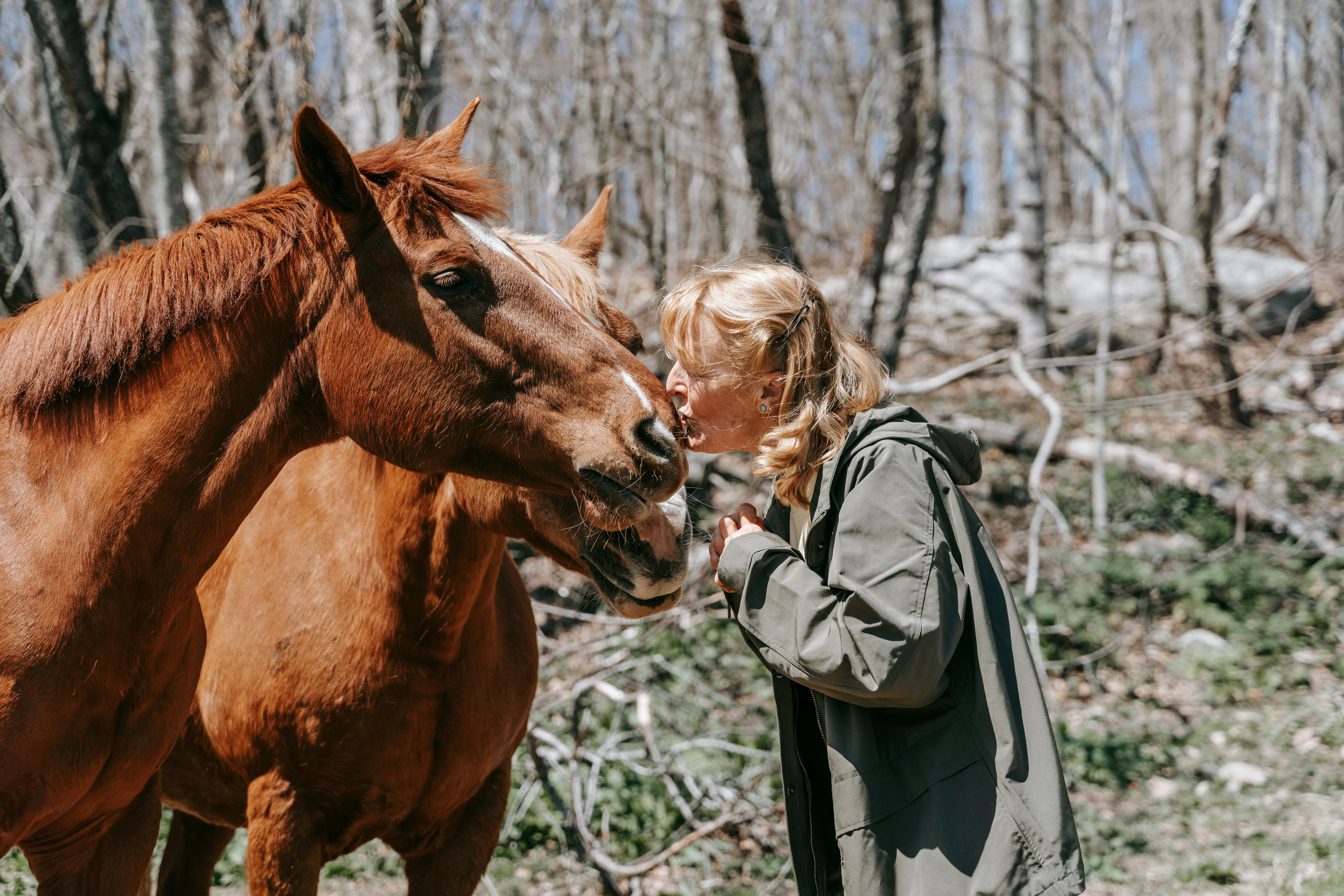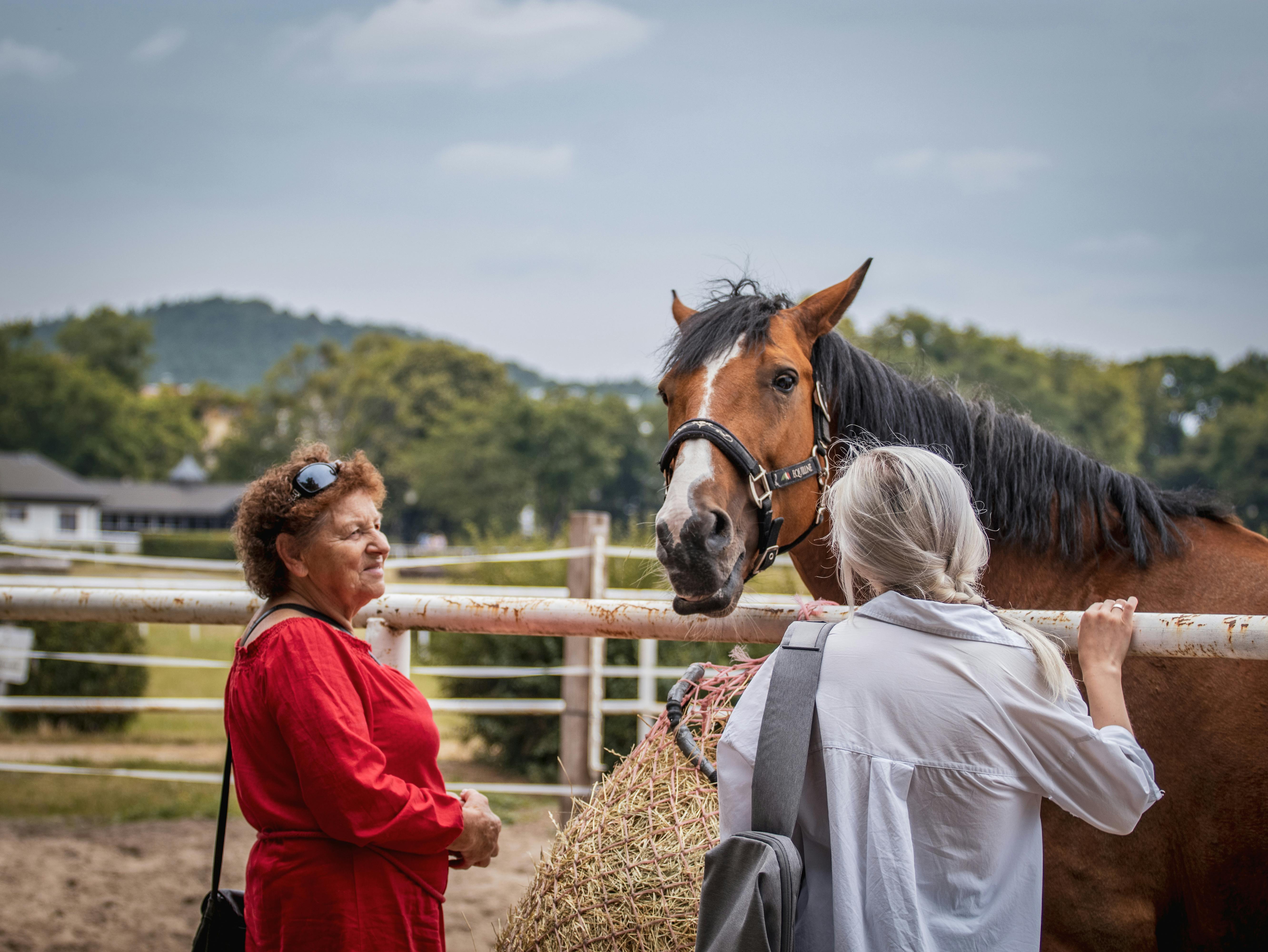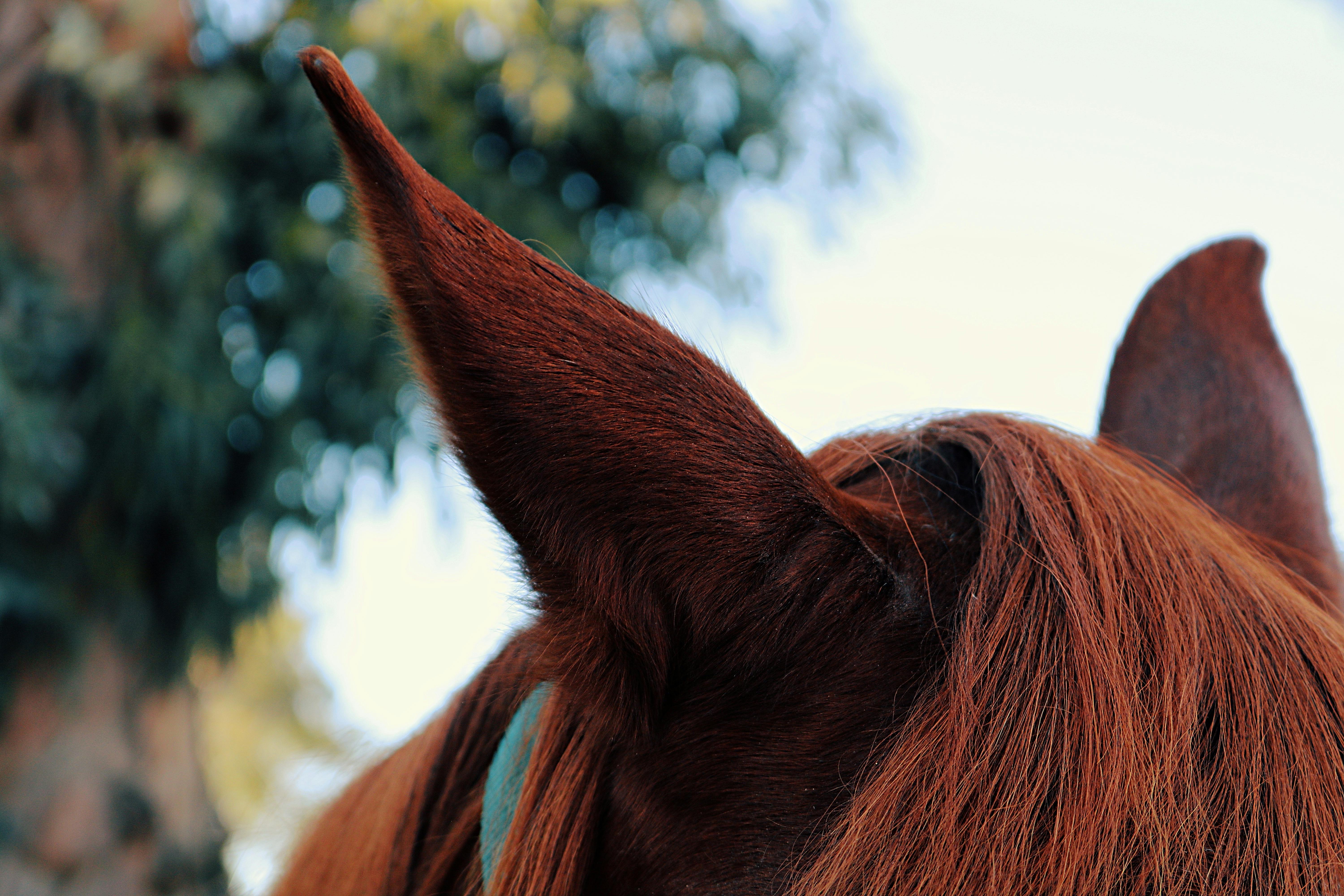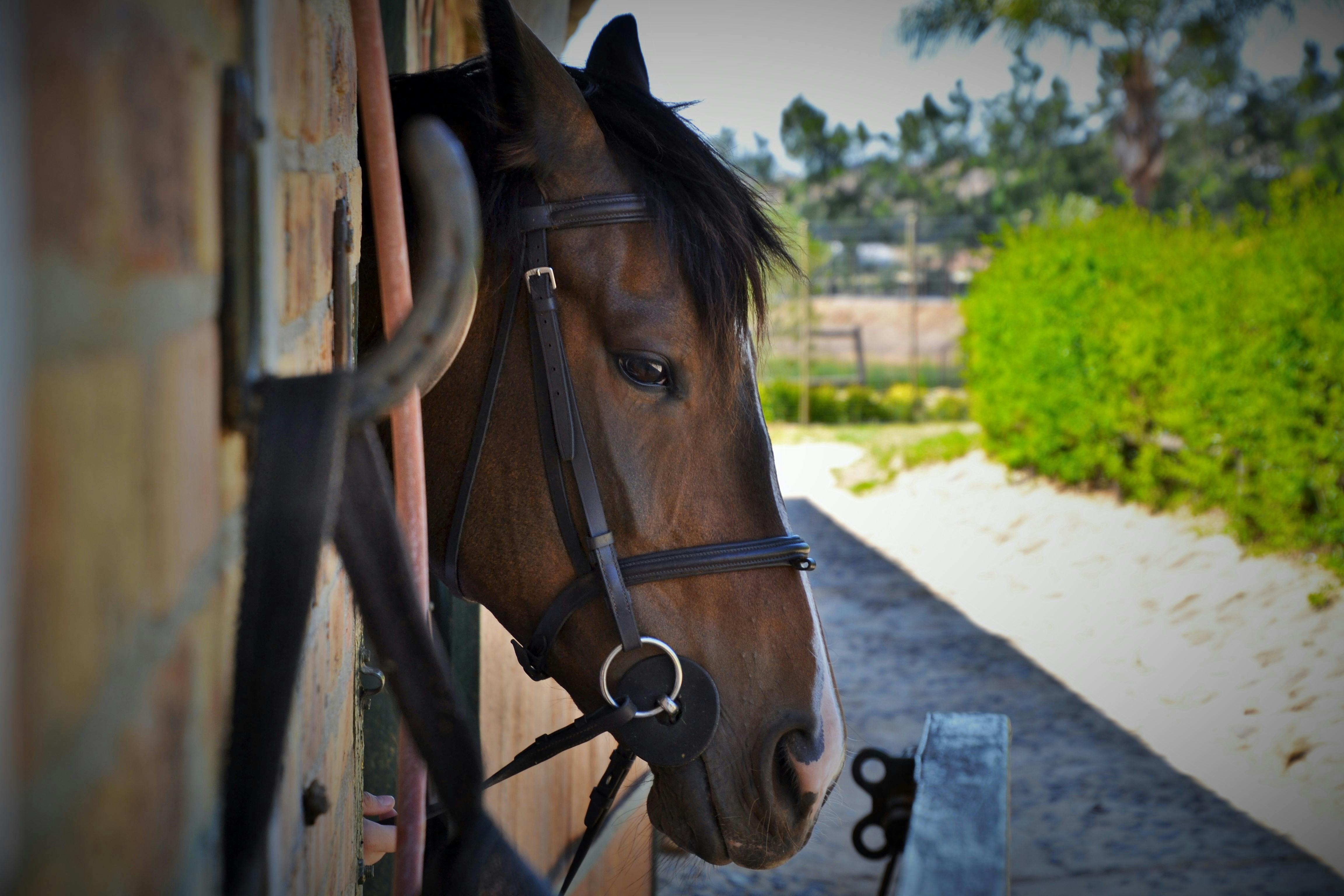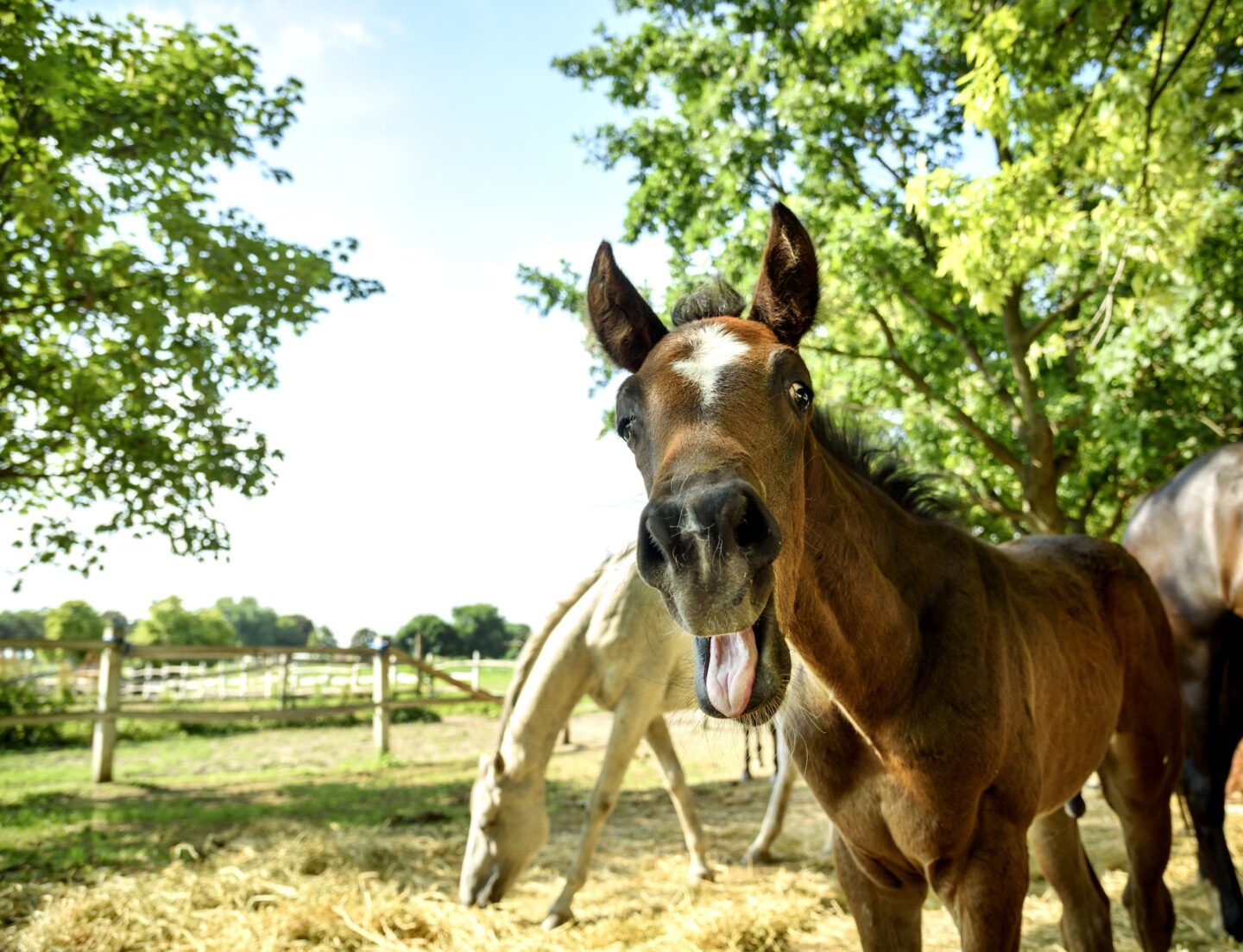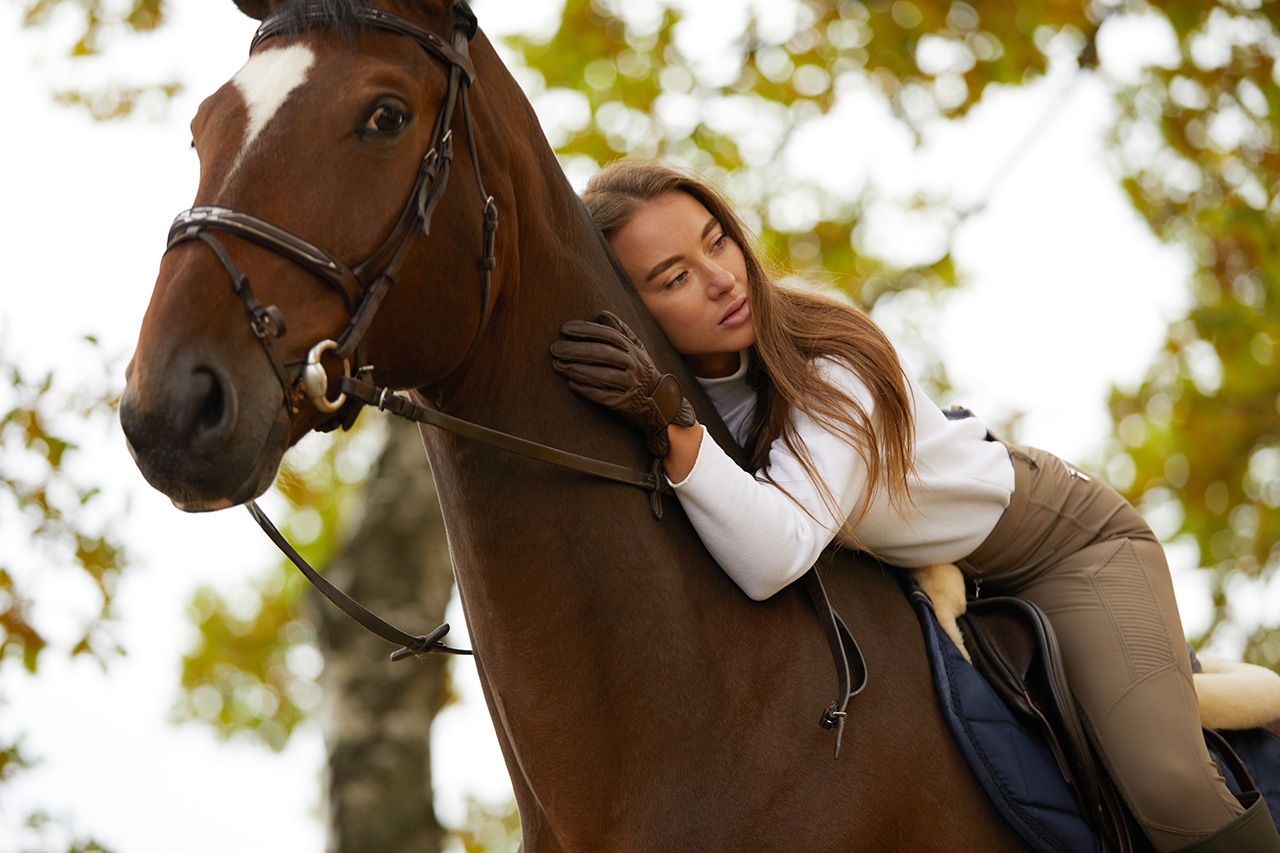HorseVibe.
In this comprehensive guide, we'll explore the unmistakable signs that your horse has formed a genuine connection with you, and how you can nurture this relationship to create an unshakeable partnership based on mutual respect and understanding.
More Stories
Equine Friendships: How Horses Form and Maintain Social Bonds
Understanding how horses form and maintain these bonds provides valuable insights for owners and enthusiasts who want to create optimal environments for their equine companions.
How Horses Talk to Humans: Reading Cross-Species Communication Signals
In this comprehensive guide, we'll explore the sophisticated ways horses attempt to communicate with their human handlers, how to interpret these signals correctly, and how you can improve your own communication skills to create a more effective partnership
Decoding Horse Ear Signals: The Complete Guide to Equine Ear Communication
In this comprehensive guide, we'll explore the fascinating language of horse ears—from basic positions to subtle movements—and decode what these signals mean in different contexts. By the end, you'll have the knowledge to interpret what your horse or any equine is trying to tell you through one of their most expressive features.
Horse Sounds Decoded: Understanding Whinnies, Nickers, and Snorts
When it comes to understanding our equine companions, listening is just as important as watching. Horses are highly vocal animals with a complex "vocabulary" of sounds that convey everything from contentment to distress. By learning to interpret these vocalizations, riders and owners can develop deeper connections with their horses and respond appropriately to their needs.
Do Horses Talk to Each Other? Understanding Equine Communication
Can horses talk? Absolutely! Dive into the nuances of equine communication and discover how to better understand your horse's needs and emotions.
Beware of These 13 Common Red Flags When Horse Shopping
Discover 13 essential red flags every horse buyer should know. Learn how to spot issues like hidden health problems, misleading sellers, and more with expert advice to make your horse shopping experience safe and successful.
Training Techniques: Building a Strong Bond with Your Horse
Unlock the key to effective horse training! Build trust, improve communication, and strengthen your bond with these expert-backed strategies.
Horse Talk: Understanding Equine Communication
Discover the fascinating world of horse communication! Learn how horses express emotions, needs, and intentions through body language, sounds, and gestures. Enhance your bond with your equine friend with these practical tips for better understanding and connection.
